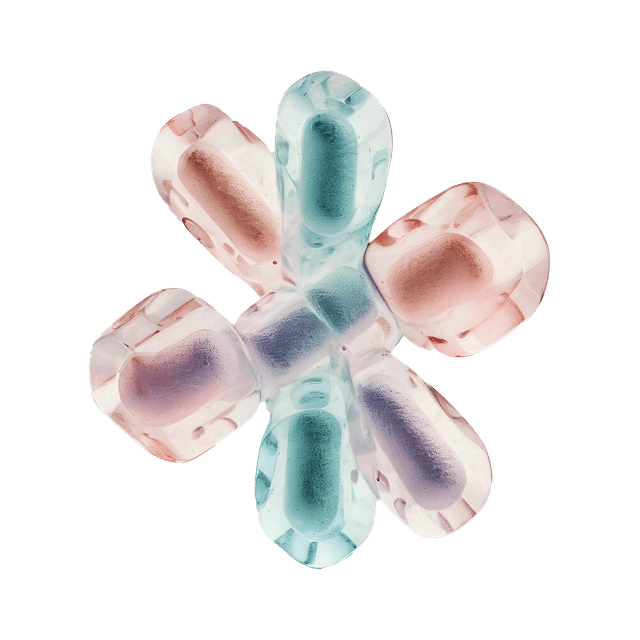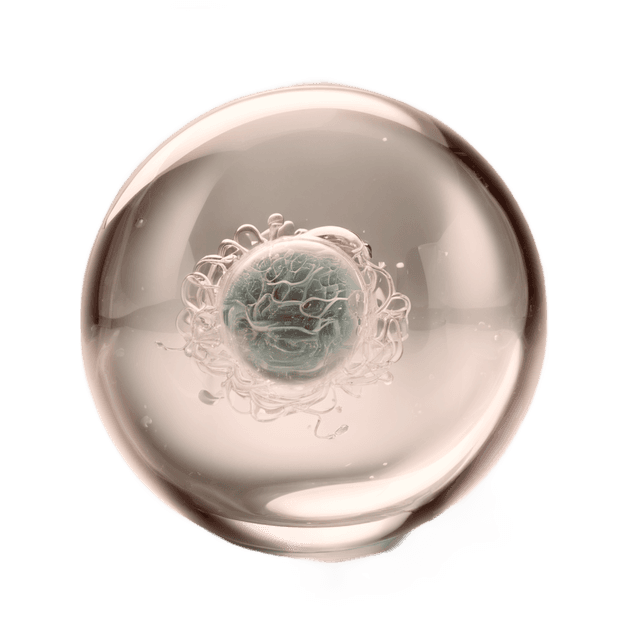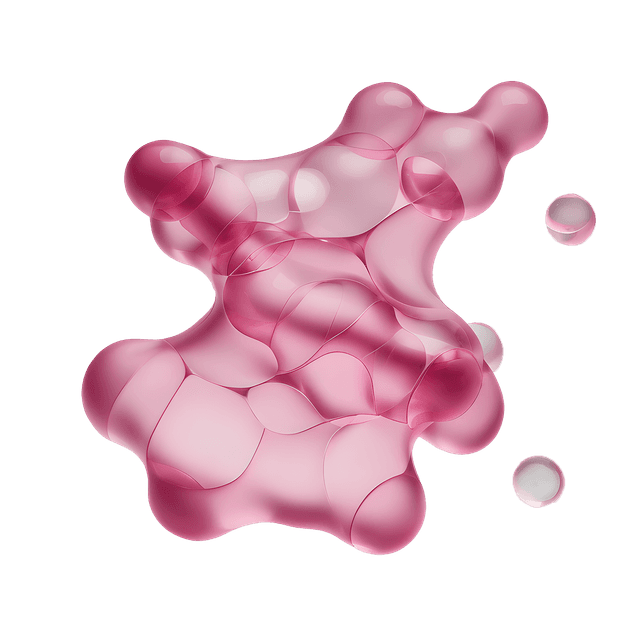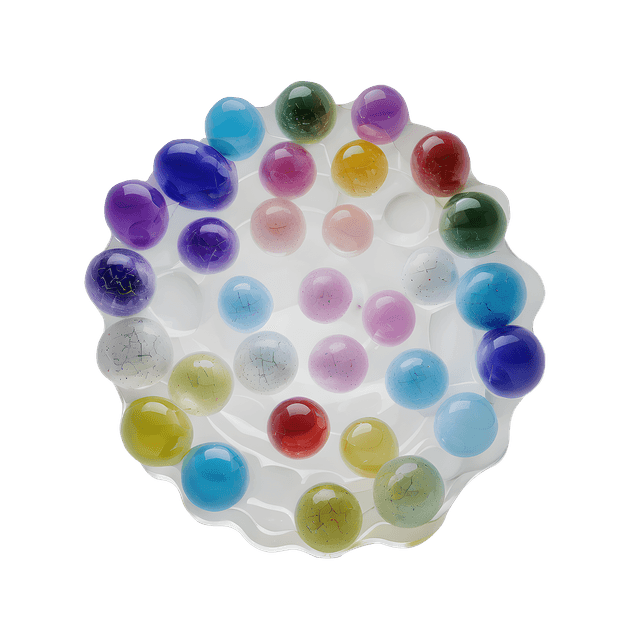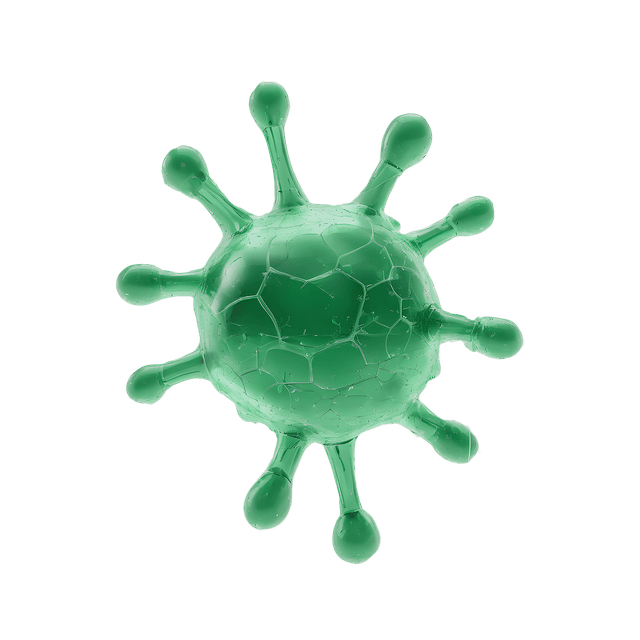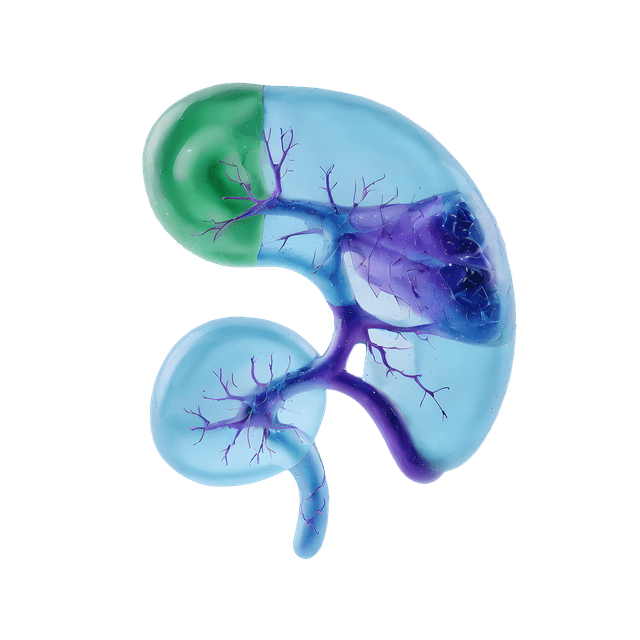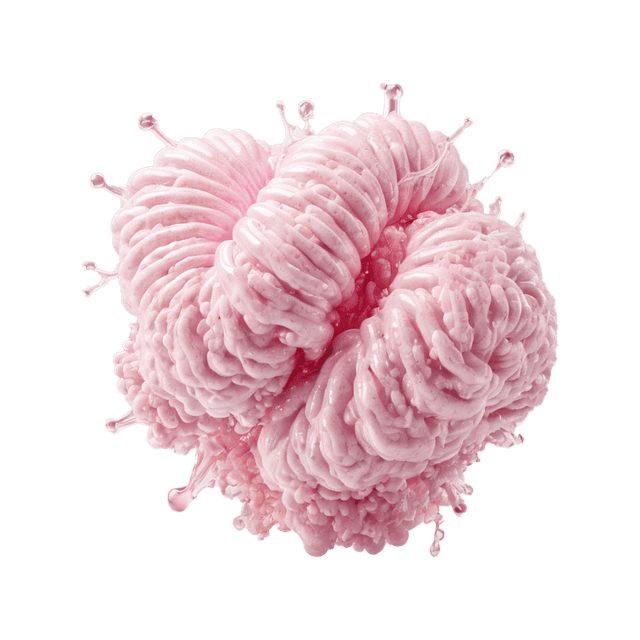What is IGF1?
IGF-1 stands for insulin-like growth factor 1 (Insulin-like growth factor), a hormone that is mainly produced in the liver in response to stimulation by another hormone, namely growth hormone (GH - Growth Hormone). IGF-1 plays a central role in the regulation of growth and development in children and adolescents and in the repair and reconstruction of the body's cells and tissues in adults.
What is the function of IGF1 in the body?
When growth hormone (GH) is secreted from the pituitary gland in the brain, it stimulates the liver to produce IGF-1. IGF-1 then circulates in the blood and affects various cells in the body by binding to specific receptors. This interaction promotes cell growth, increases protein synthesis, and has anabolic (building) effects on bones, muscles, and other tissues. IGF-1 plays a key role in height growth and general development in children, but is also important in adults, as it promotes cell regeneration and tissue repair.
Why is IGF1 analyzed?
Due to IGF-1's hormonal role in growth and cell proliferation, IGF-1 is also used clinically to evaluate and monitor certain hormonal and growth-related diseases. For example, measurement of IGF-1 levels can be used to assess GH deficiency or overproduction, as well as to monitor treatment effects in growth hormone therapy.
It is important to note that IGF-1 levels can be affected by various factors, including age, gender, diet, exercise, and hormonal changes. In order to interpret the IGF-1 result in a meaningful way and for possible medical use, it is required to be evaluated by a qualified healthcare professional, such as a physician or endocrinologist.
Low levels of IGF-1
In adulthood, low levels of IGF-1 can affect cell regeneration and tissue repair. It can affect muscle strength, bone density and the body's ability to recover from injuries. Additionally, low IGF-1 levels can have effects on overall health and well-being, including energy levels and metabolism.
For children and adolescents, low levels of IGF-1 can result in growth inhibition in general, which can lead to growth hormone deficiency or dwarfism. This condition can prevent the child from reaching its expected height and may require medical treatment with growth hormone.
What can low values of IGF-1 be due to?
The causes of low IGF-1 levels can be varied and may include growth hormone deficiency, malnutrition, hormonal disorders, chronic diseases or other medical conditions. It is important to determine the cause of the low levels through medical evaluation and diagnosis by a qualified health care provider and physician.
How do you measure IGF-1?
A blood test is used to measure the IGF-1 level in the body. The blood sample is usually taken from a vein, usually on the inside of the arm, and then sent to a laboratory for analysis. It is important to understand that IGF-1 levels can vary depending on factors such as age, gender and time of day when the sample is taken. Therefore, it may be necessary to take into account individual factors and compare the result with normal reference ranges for age groups and gender to assess whether the levels are normal or deviated.



